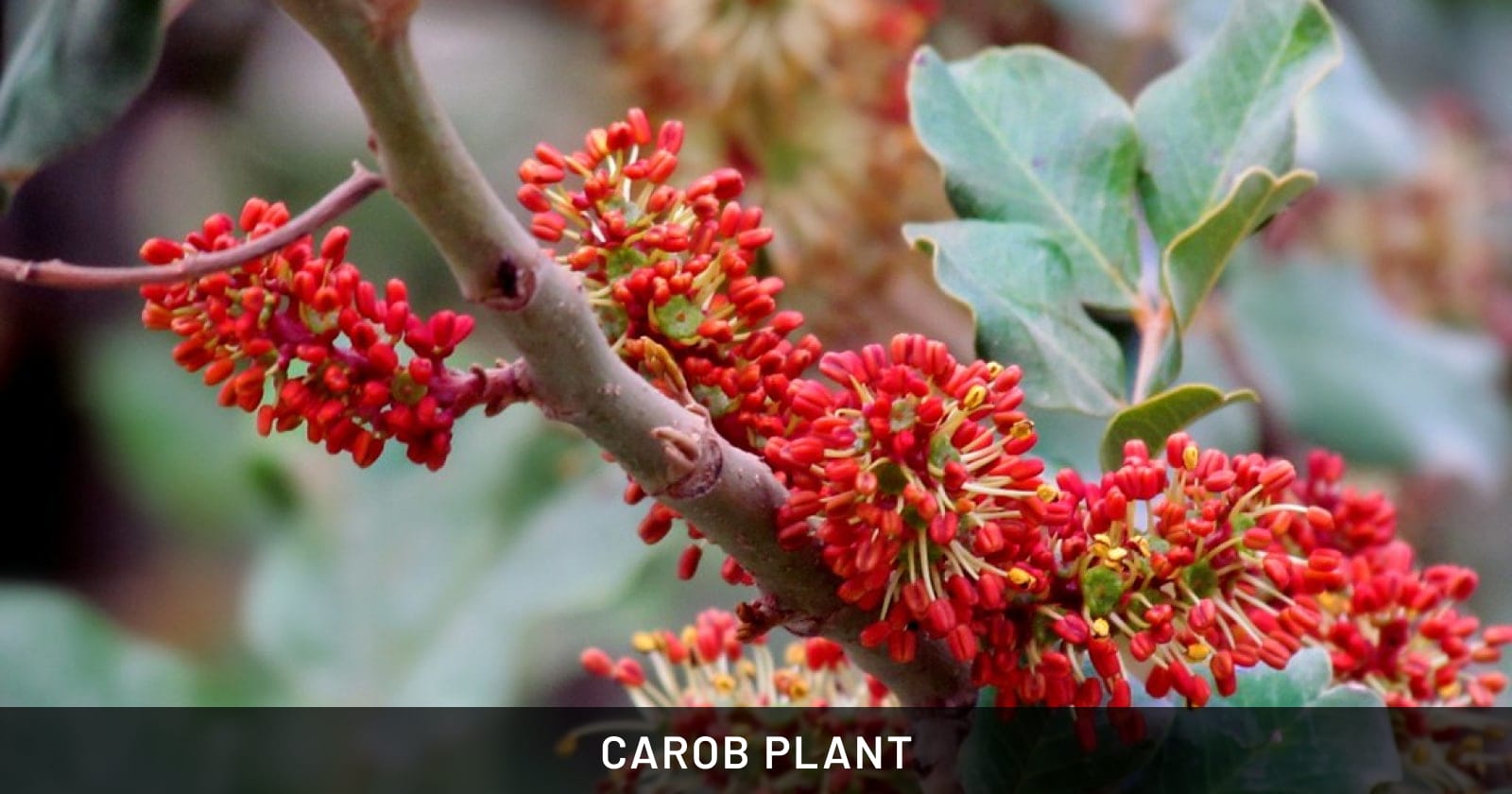Carob Tree

The Carob Tree, or Ceratonia siliqua, often celebrated as a chocolate alternative, is a resilient and versatile evergreen tree native to the Mediterranean. With glossy, leathery leaves and an ability to thrive in arid environments, the Carob is not only hardy but also highly drought-resistant. It produces edible pods that are sweet and fibrous, commonly ground into carob powder, a healthy and caffeine-free substitute for cocoa.
Carob trees can grow up to 55 feet tall, offering dense foliage that provides ample shade, making them a perfect addition to larger landscapes. These trees are incredibly beneficial for pet owners as they are entirely non-toxic to both cats and dogs. This feature allows pets to roam freely and safely in your garden. Moreover, Carob’s low maintenance requirements ensure it remains a fuss-free component of your green space, needing only minimal care once established.
| Characteristic | Detail |
|---|---|
| Common Name | Carob Tree |
| Scientific Name | Ceratonia siliqua |
| Family | Fabaceae (Legume family) |
| Origin | Mediterranean region |
| Type | Evergreen tree |
| Height | Up to 55 feet (17 meters) |
| Width | 30-40 feet (9-12 meters) |
| Leaf Color | Dark green |
| Leaf Shape | Oblong, leathery |
| Flower Characteristics | Small, red to purplish, inconspicuous |
| Fruit | Edible pods, dark brown, up to 12 inches long |
| Soil Preference | Well-drained, tolerates a variety of soil types |
| Sun Exposure | Full sun |
| Hardiness Zones | USDA zones 9-11 |
| Drought Tolerance | High |
| Maintenance Level | Low |
| Toxicity | Non-toxic to cats and dogs |